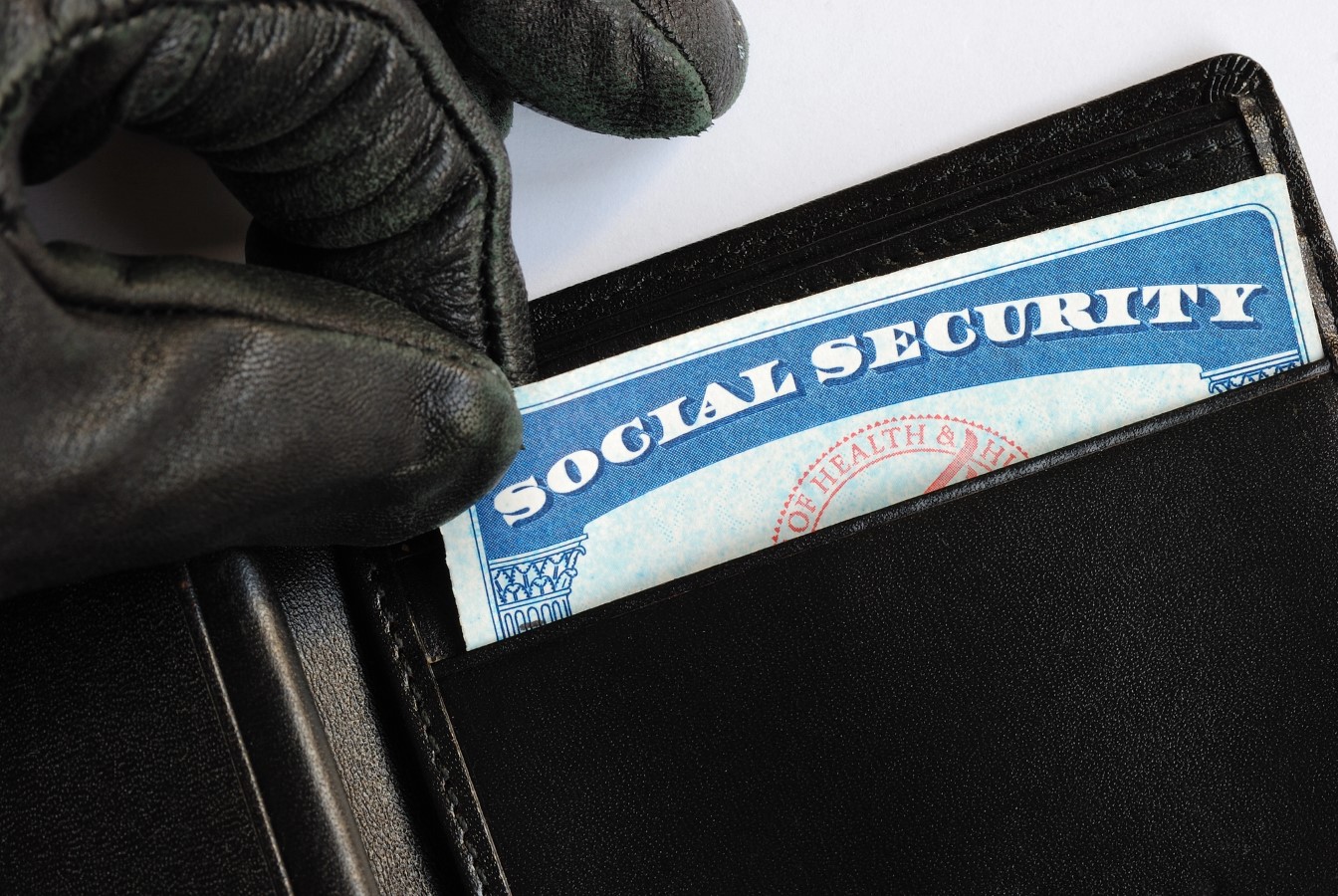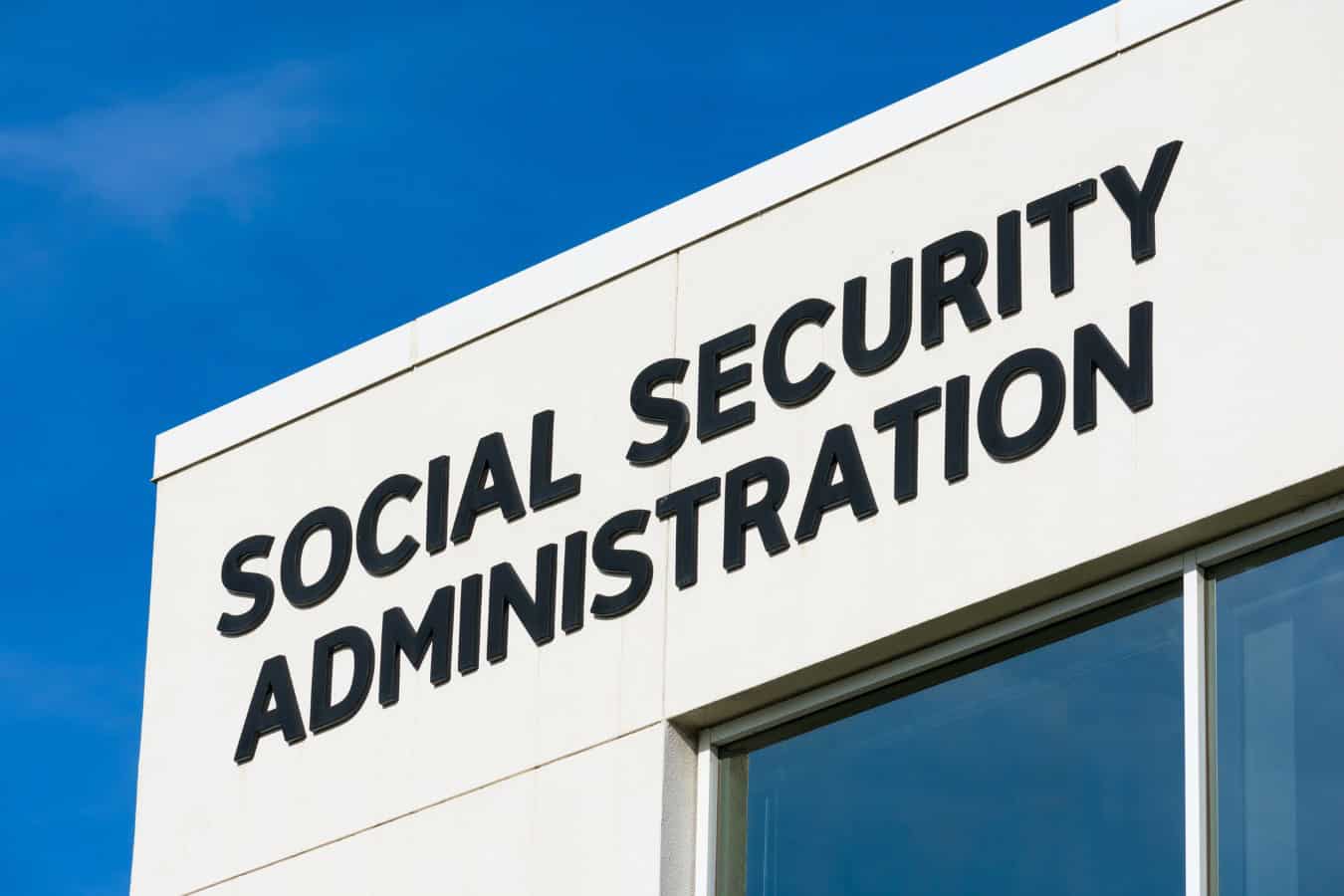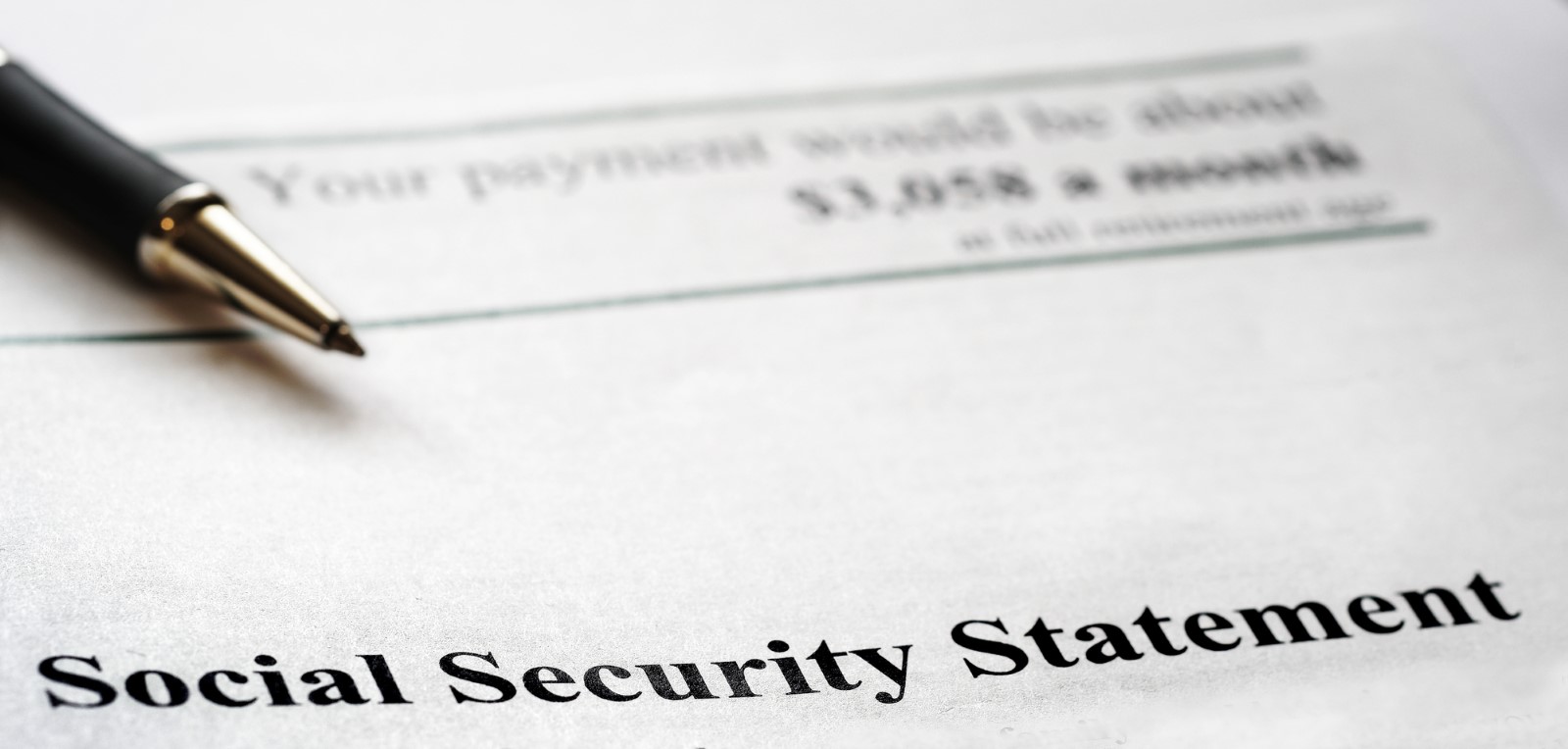Massive Data Breach Likely Exposed Social Security Numbers of Nearly Every American. Here’s How to Protect Yourself Now

Approximately four months after a notorious hacking group claimed responsibility for stealing an unprecedented amount of sensitive personal information from a major data broker, a member of the group has reportedly released the majority of it for free on an online marketplace specializing in stolen personal data.
The National Public Data (NPD) Breach

According to the proposed class action, a cybercriminal group known as USDoD breached the National Public Data network before April 2024, stealing personal records of nearly 3 billion individuals. The group subsequently put this information up for sale on the dark web. The complaint alleges that NPD experienced a data breach around April 2024 and further claims:
– The breach exposed sensitive information, including full names, current and past addresses spanning at least the last three decades, Social Security numbers, and details about relatives (some of whom have been deceased for nearly 20 years).
– The company is accused of collecting this information from non-public sources without the consent of the affected individuals, including those involved in the class action.
How to Protect Yourself

With data breaches becoming increasingly common, many security experts believe that sensitive information about you is almost certainly available in the darker corners of the internet.
#1 Monitor Your Existing Accounts

Your existing financial accounts could be vulnerable with bad actors using the online information to try and guess your passwords or reset the passwords. Using strong, unique passwords for every service and changing them periodically can significantly enhance your security.
Also enable two factor authentication so transactions cannot be carried out in your existing accounts without your approval.
This adds an extra layer of security beyond your login and password. The second factor typically involves something sent to or linked with your phone, like a text message. However, a more secure option is using an authenticator app such as Google Authenticator or Authy, which will keep you protected even if scammers hijack your phone number.
#2 Password Manager Can Strengthen Your Protection

Password manager apps make the task of generating and storing complex passwords easier so you only need to remember one master password instead of managing multiple long and complex ones. However, if the passwords are stored in the cloud there is also a risk of the master password being hacked.
#3 Be Suspicious Of Calls Or Emails

It’s a good rule of thumb to never click on a link or call a phone number in an unsolicited text or email. If a message warns of fraud on your account and you’re concerned, look up the company’s fraud department phone number (usually found on the back of your debit or credit card) and call them directly for guidance.
Scammers often rely on people inadvertently revealing sensitive information. A common tactic is posing as your bank, employer, phone company, or another service provider with whom you’ve done business, attempting to trick you with a text or email.
Banks, for instance, regularly remind customers that they will never ask for account information over the phone. Despite this, scammers have successfully tricked victims into providing account numbers, logins, and passwords by pretending to be bank security officers responding to an unauthorized withdrawal or another urgent threat.
With hackers potentially having access to some or all of your information, it becomes easier for them to convincingly impersonate your existing financial institutions.
#4 Freeze Your Credit Reports

If you suspect that your Social Security number or other vital identifying information has been compromised, experts recommend placing a freeze on your credit files with the three major credit bureaus—Experian, Equifax, and TransUnion.
This can be done for free and will prevent criminals from taking out loans, applying for credit cards, or opening financial accounts in your name. However, keep in mind that you’ll need to temporarily lift the freeze if you plan to apply for something that requires a credit check.
You can place a freeze on your credit by working with each credit bureau individually, either online or by phone.
#5 Scanning the Dark Web

Several companies scan the dark web for signs of identity theft, usually for a fee. If your data is compromised in a breach, the company responsible for the breach will often offer one of these monitoring services free of charge for a year or more.
If you’re concerned about potential exposure, several websites and service providers, including Google can scan the dark web to check if your information has been compromised.
#6 Monitoring Services On Your Credit Report

You can also subscribe to a service that monitors your accounts and alerts you of critical changes. Transunion offers a monthly credit monitoring service which sends instant email alerts sent as soon as TransUnion finds out someone’s applied for credit in your name.
#7 Ask IRS To Provide Pin to File Tax Returns

Using an IRS PIN (Personal Identification Number) to file your tax returns offers an extra layer of security to your tax filings. It helps to prevent identity theft by ensuring that only you can file a return using your Social Security Number (SSN). When you use an IRS PIN, the IRS verifies your identity before processing your return, reducing the risk of fraudulent filings.
If You Are a Victim, Inform Government Agencies

– Visit the Federal Trade Commission’s IdentityTheft.gov and complete the form to receive a personalized recovery plan. This plan provides comprehensive guidance on protecting yourself from fraud and recovering your identity.
– Contact the Internal Revenue Service if your Social Security number has been stolen to prevent the thief from filing a tax return in your name or using your number for employment.
– Reach out to the Social Security Administration if you suspect your Social Security number has been compromised. They can assist in reviewing your statements for any unusual activity.
Preventing Identity Theft

While we await more details about the NPD Data breach from court dockets, here are some steps to keep in mind.
– Keep your Social Security card in a secure place at home, not in your wallet.
– Avoid sharing your Social Security number or personal documents via email.
– Regularly review your bank and credit statements to catch issues early.
– Enable two-factor authentication for added security on websites and apps.
– Verify the source of any notices you receive, whether by phone or email. The Social Security Administration will only call you if you’ve requested it. If you suspect a scam, do not provide any personal information.
Like Financial Freedom Countdown content? Be sure to follow us!
Unprecedented Backlog in Social Security Payment Actions Leads to $1.1 Billion in Costly Improper Payments

As the backlog of payment actions for Social Security beneficiaries continues to grow, the number of improper payments by the Agency is also increasing. By February 2024, the SSA’s backlog reached a record high of 5.2 million pending actions, leading to $1.1 billion in improper payments.
Retiring Early? Here’s How to Tap into Your Retirement Funds Without Facing Hefty Penalties

Typically, individuals who withdraw funds from an IRA or other qualified retirement plans before age 59.5 face a 10% early withdrawal penalty on the amount distributed. However, the Substantially Equal Periodic Payment (SEPP) method under IRS Section 72(t) allows for penalty-free withdrawals from these accounts (unless you are still employed by the company sponsoring the plan) before age 59½, avoiding IRS penalties on the distributions.
Retiring Early? Here’s How to Tap into Your Retirement Funds Without Facing Hefty Penalties
Alarm Grows as Federal Reserve’s Data Shows Sharp Increase in Household Debt and Rising Delinquency Rates

In the second quarter of 2024, total household debt soared by $109 billion to reach $17.80 trillion, according to the Federal Reserve Bank of New York. This surge encompasses credit card balances, mortgage loans, and auto loans, all peaking at unprecedented levels. Meanwhile, delinquency rates for these debt types are on the rise, prompting worries among economists and financial analysts about the resilience of the U.S. consumer-driven economy.
Retirees Struggle with New Social Security 2025 COLA Forecast at a Meager 2.63% Amid High Inflation

As we await the official Social Security cost-of-living adjustment (COLA) numbers, the Senior Citizens League (TSCL) has revised its long-term Social Security COLA forecast for 2025 to 2.63%. While this is an increase from the June 2024 forecast of 2.57%, it might not be enough for seniors struggling to keep up with inflation.
Retirees Struggle with New Social Security 2025 COLA Forecast at a Meager 2.63% Amid High Inflation

Did you find this article helpful? We’d love to hear your thoughts! Leave a comment with the box on the left-hand side of the screen and share your thoughts.
Also, do you want to stay up-to-date on our latest content?
1. Follow us by clicking the [+ Follow] button above,
2. Give the article a Thumbs Up on the top-left side of the screen.
3. And lastly, if you think this information would benefit your friends and family, don’t hesitate to share it with them!

John Dealbreuin came from a third world country to the US with only $1,000 not knowing anyone; guided by an immigrant dream. In 12 years, he achieved his retirement number.
He started Financial Freedom Countdown to help everyone think differently about their financial challenges and live their best lives. John resides in the San Francisco Bay Area enjoying nature trails and weight training.
Here are his recommended tools
Personal Capital: This is a free tool John uses to track his net worth on a regular basis and as a retirement planner. It also alerts him wrt hidden fees and has a budget tracker included.
Platforms like Yieldstreet provide investment options in art, legal, real estate, structured notes, venture capital, etc. They also have fixed-income portfolios spread across multiple asset classes with a single investment with low minimums of $10,000.





